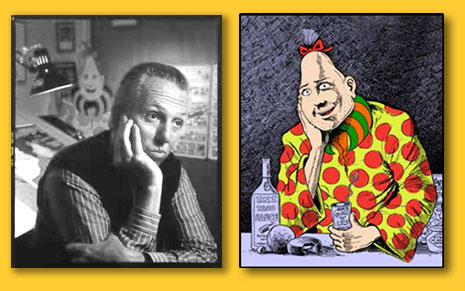Cartoonist Bill Griffith has been a part of the comic counterculture since his childhood, growing up in Brooklyn and Levittown, Long Island in the 1950s. Now a resident of East Haddam and creator of ...
Haven’t subscribed yet? Click here to register.
CT Examiner is just $20 a year. And if you want to unsubscribe? That’s online and at the click of a button. No phone calls. No runaround. No hassle.
At less than a tenth the cost of our statewide competitors, our promise to you is no-nonsense federal, state, and local news that’s nonpartisan, respects your privacy and is ad-free.
Subscribe and see why CT Examiner is the fastest growing news source in Connecticut.

